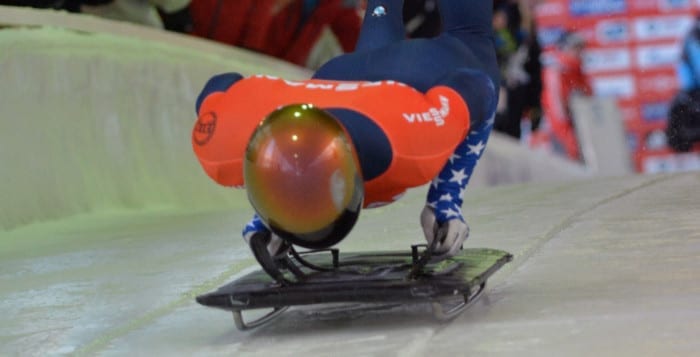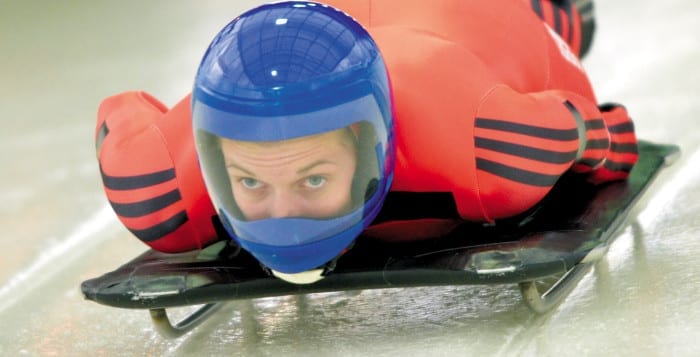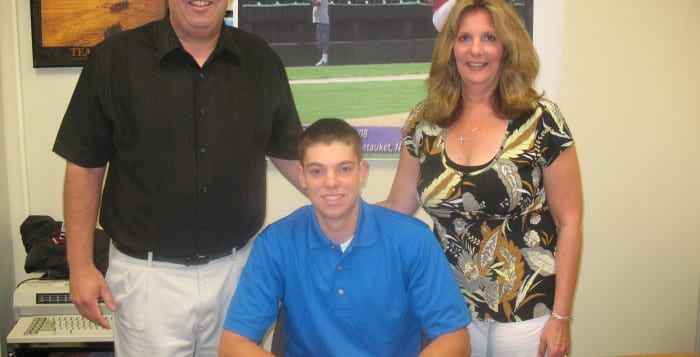By Daniel Dunaief
I have a modest proposal: How about a new holiday, either in each school or in each town, every year? I’m not talking about taking any more time off from school or interrupting the flow of work, especially in a year when snow, ice and record-breaking blizzards that never happened upset our busy schedules. I’d like to suggest, rather, that we celebrate, recognize or mark the occasion for a different moment every year. We could create such a holiday some day in June, when classes are winding down and we’re just about to kick off the start of the summer.
Every year, Americans stop to recognize 9/11 in September. It’s a somber occasion and a chance to reflect on who we lost and what might have been. It’s also an opportunity to recognize the unimaginable bravery of those who did whatever they could to save strangers, friends and fellow New Yorkers and Americans.
Perhaps, one year, we might also recognize all the medical miracles that have made lives possible. I’ll never forget the day a colleague of mine at Bloomberg picked up the phone and his face went white. Seemingly unable to verbalize the terror in his mind, he grabbed his jacket and sprinted out of the room. His sudden and panicked motion created considerable concern from his colleagues.
As he told our editor the next morning in a barely audible voicemail, his wife went into premature labor and, less than an hour later, delivered a baby girl who weighed close to 1 pound.
For weeks, whenever he came to work, he seemed to look past us, searching for any kind of help, spiritual or otherwise, for his daughter’s fragile life. After several months, she grew enough to improve her prospects for survival. We knew things were getting better because we heard the welcome return of laughter from our friend. We also saw him exhale for the first time in months, loosening and relaxing the taut muscles in his chest.
Perhaps, one school might find the names of the doctors and scientists who improved the treatment and care for premature babies who had considerably poorer prognoses 50 or 100 years earlier.
We might also pause to recognize those working in fertility clinics or in reproductive research, who have made it possible for couples having trouble conceiving to celebrate the marvel of their child.
Maybe we could celebrate the considerable achievements of scientists who have helped prevent an HIV diagnosis from becoming a death sentence. When Magic Johnson revealed that he was HIV positive, many of us probably never imagined we’d see him cheering for his Michigan State basketball team to make it to the Final Four in 2015.
It is through remarkable medical breakthroughs, incredible dedication and a desire to defeat diseases like cancer and AIDS that we can extend the quantity and quality of our lives and the lives of our friends and family.
Some of these achievements and lifesaving discoveries wouldn’t have been possible without the insights and inspiration of scientists, researchers and doctors on Long Island.
Perhaps we can take a moment to appreciate and acknowledge the guiding hand and valuable contributions religious leaders make to us. Bringing us together and encouraging us through our battles elevates us when we’re down.
We see headlines about people who take lives and make poor decisions. Perhaps, we could use a day to recognize those who, to borrow a phrase from just about every political ad, truly “fight for us.” And maybe, by acknowledging these achievements, we inspire the next generation.







